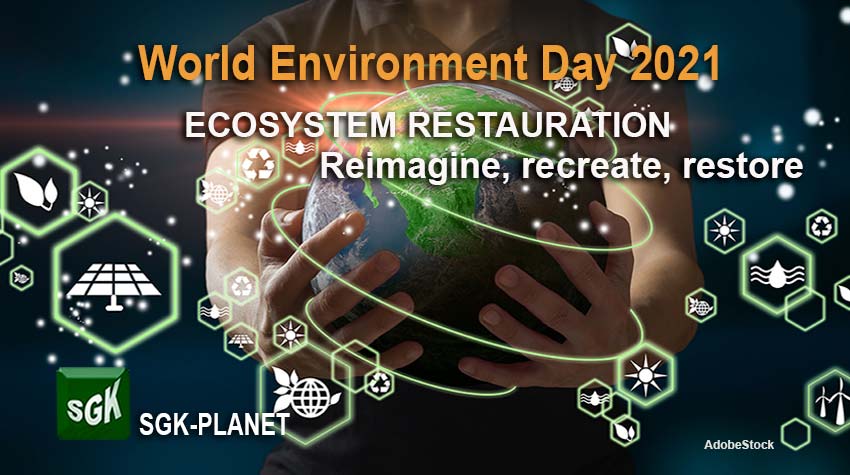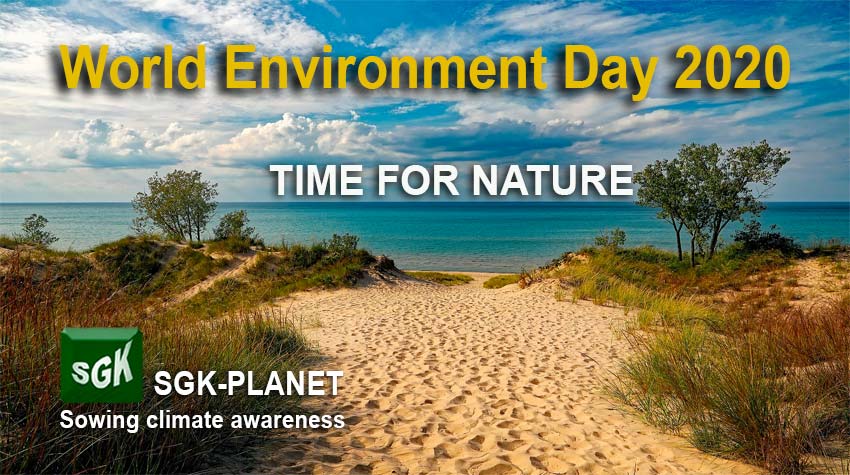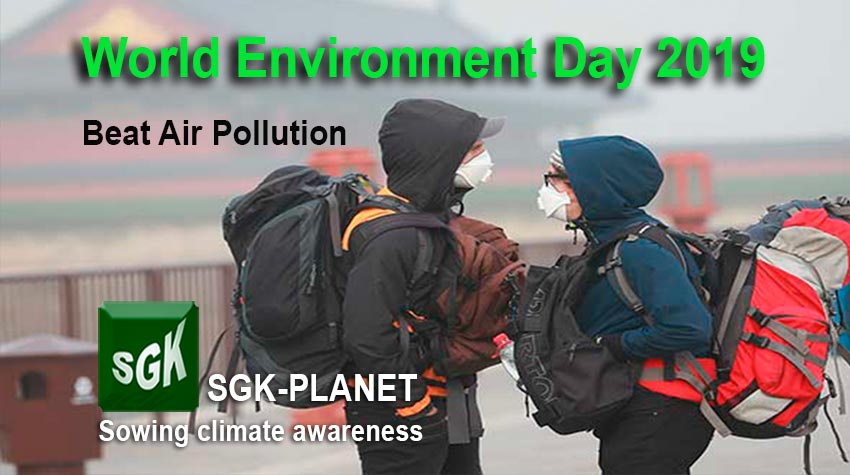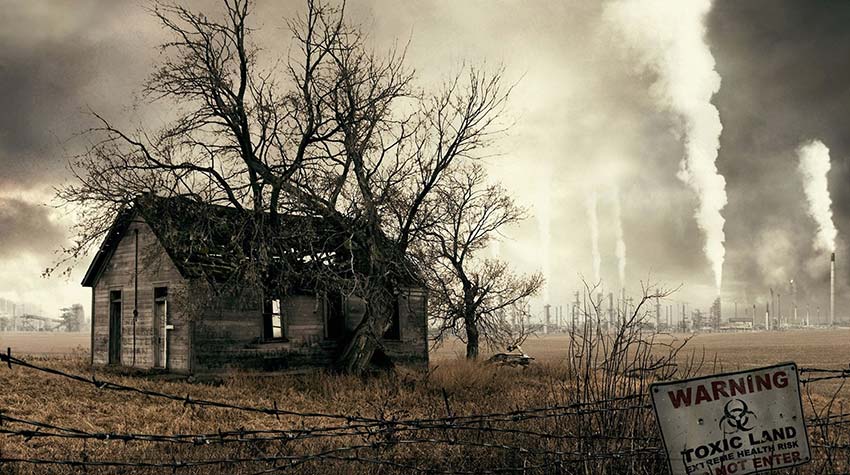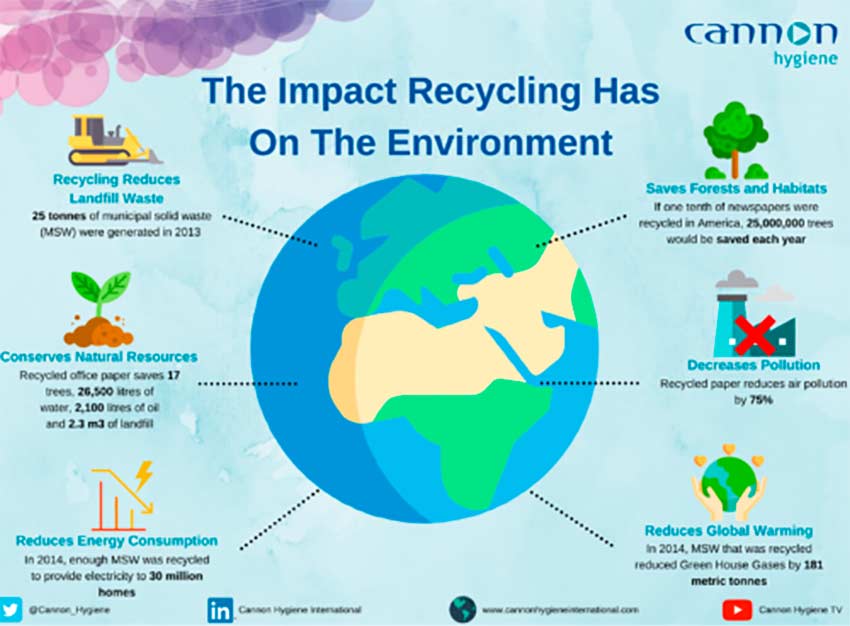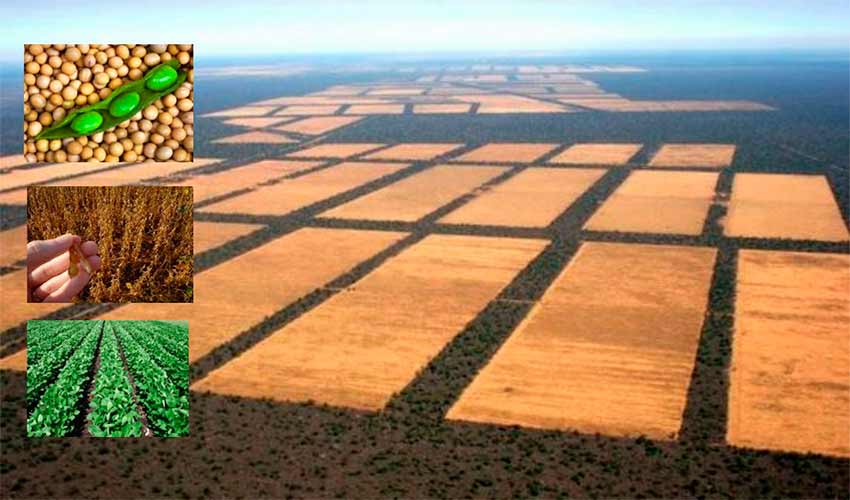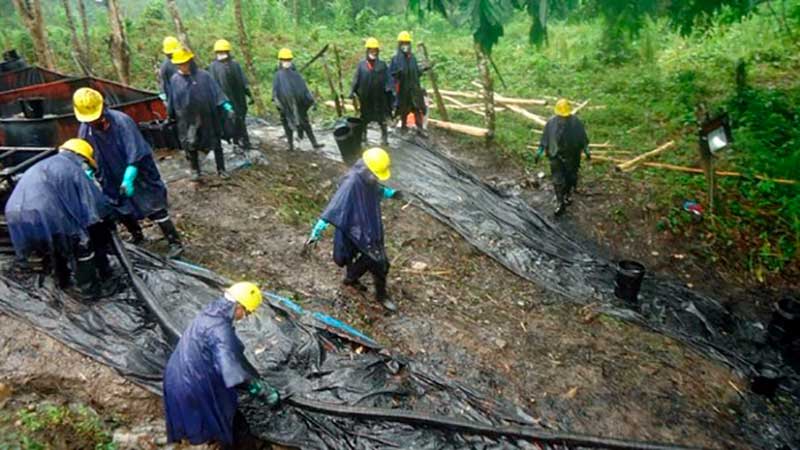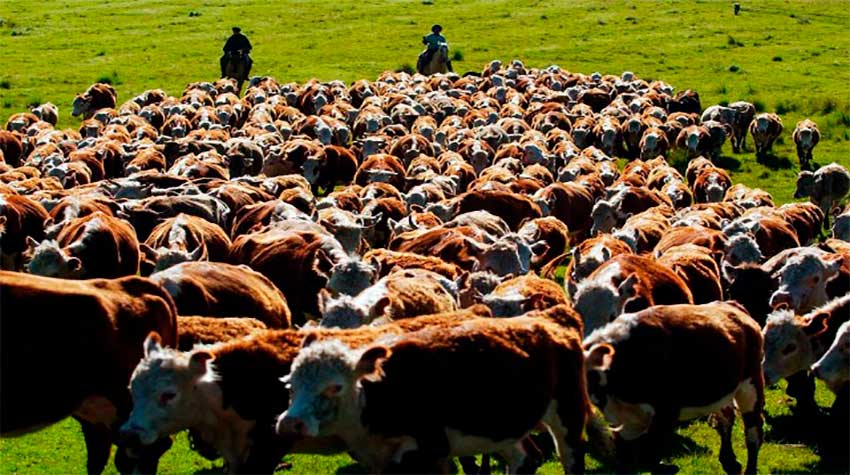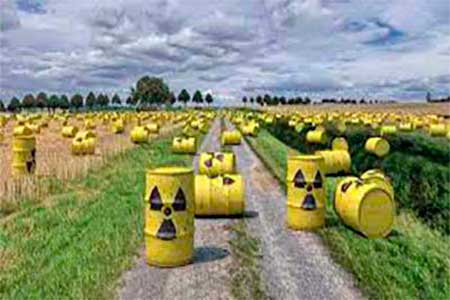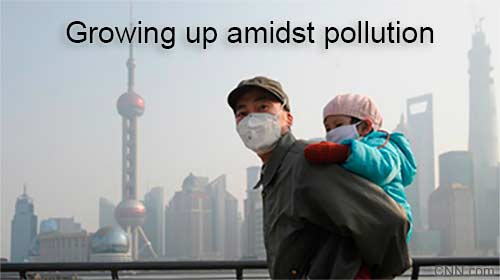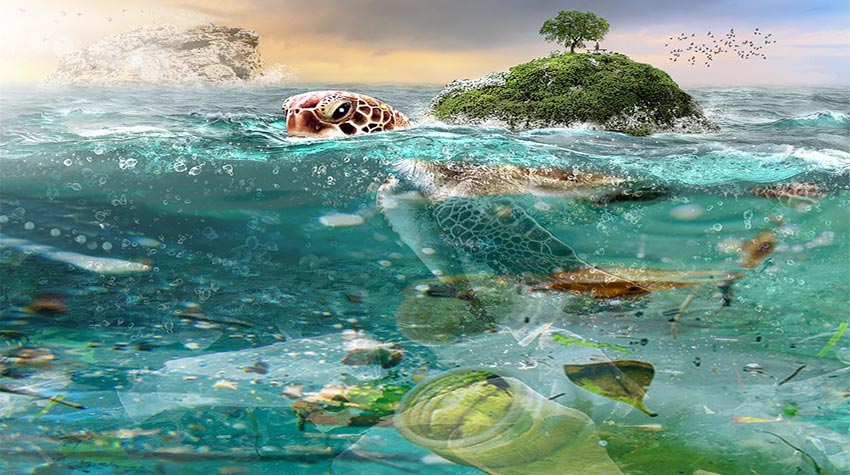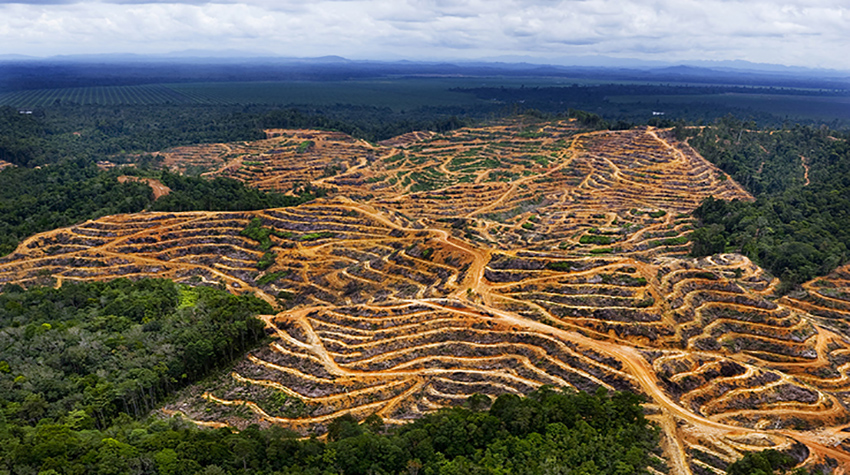FAQs about Environment
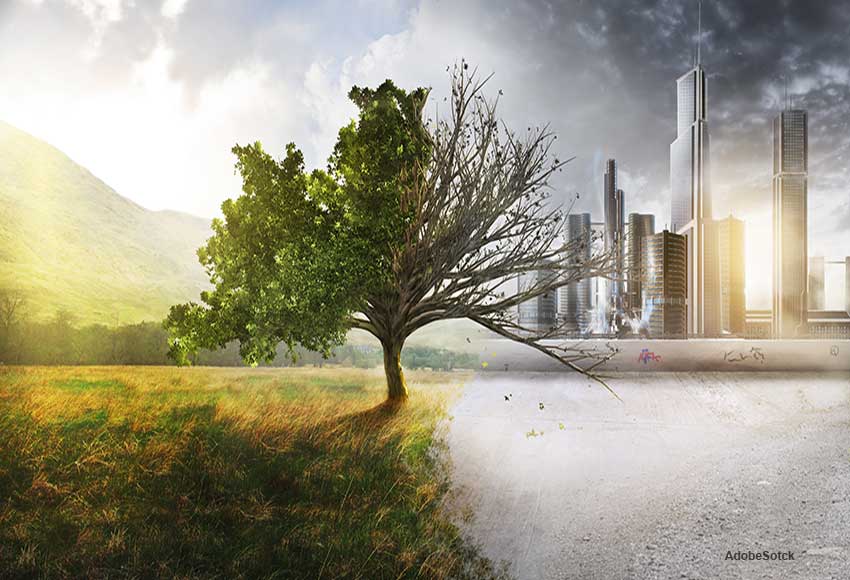
2. What are the components of the environment?
The components of the environment, in their broadest conceptualization, are made up of all the biotic and abiotic elements that make up the Earth’s biosphere. That is, the total of all living beings and physical and chemical elements included in that vital ring around our planet, made up of waters, air and soils.
It could be said, in theory, that the environment is about 20 or 22 kilometers thick in its extreme parts, formed by about 10 or 11 kilometers high in the atmosphere where birds have been found, and 10 or 11 kilometers deep at sea, where fish have been found. So the environment surrounds almost the entire terrestrial sphere since life exists in almost all its parts.
Classification of living things
They have been located in five kingdoms, namely:
- Animalia. Vertebrated and spineless animals.
- Plantae. Plants such as trees, shrubs, roots and other plant species.
- Fungi. Mushrooms
- Protoctist. Algae and protozoa.
- Monera. Bacteria
Inanimate elements
They are composed of the environment and the natural phenomena that sustain and help maintain life on Earth. These are classified into physical and chemical. Chemicals include air, water, soil, substrate, natural fire, etc. Physicists correspond to light, heat, pressure, gravity, energy, temperature, and other phenomena present on our planet.
FAQs about Environment
1. What is the environment and what is its importance?
2. What are the components of the environment?
3. What is ecology and what is its relationship to the environment?
4. What is an ecosystem and what are its components?
5. What are biomes, and which are the most important?
6. How does climate change affect the environment?
7. How does intensive agriculture and livestock affect the environment?
8. What are the causes and consequences of environmental pollution?
9. What are we doing to curb the deterioration of the environment?
Other sections of Environment
Articles
June 5 was established as World Environment Day by the United Nations General Assembly in 1972. On that date, the Stockholm Conference “First Earth Summit” was held at the initiative of Sweden and in conjunction with the UN.
This year’s World Environment Day will be hosted by Pakistan. The theme of the year is “Restoration of ecosystems”, and the motto is “Reimagine, recreate, restore.” It will be in this environment that the United Nations Decade on Ecosystem Restoration 2021-2030 is launched.
World Environment Day is celebrated on June 5 of each year. In 2020 the venue of the event will be Colombia. Topics to be discussed will be the Amazon, air quality, health, circular economy, and climate change. The central theme is “Conservation of biodiversity” and the motto “Time for Nature”. The environment is the space that sustains biodiversity and therefore life on Earth. By its definition, an environment cannot exist on a planet devoid of life since its statement implies the relationship of living beings with their environment.
Beat Air Polution
World Environment Day is celebrated on June 5, dedicated this year to the fight against air pollution with the moto “Beat Air pollution”. Established by the UN in 1972, during the Stockholm Conference, whose central theme was the normalization of human relations with the environment. China will be the global host of the 2019 World Environment Day. The country’s government has committed that day to organizing celebrations in many cities, with a main event in Hangzhou, Zhejiang province. In the north of China there are several cities where the air is practically unbreathable due to pollution.
Environmental pollution, in the classical concept, occurs when certain elements that cause harmful effects accumulate in quantities that nature cannot recycle. A contaminant is a substance that is found in a medium to which it does not belong or that does so at levels that can cause adverse effects. A species is in danger of extinction when its existence is globally compromised. Humans, in a short time, we have turned the Earth into a kind of supermarket where we are supplied with everything we need, including the spaces to build our towns, cities, mining camps, agricultural and livestock lands. We have wrested huge areas that recently belonged to the other species, without much regard to the damage we have caused them.

